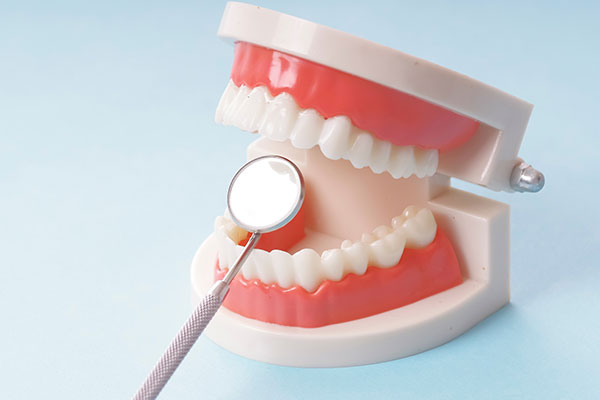FAQs About Dental Cleaning

While many people are afraid of going to their dentist for a dental cleaning, it is necessary for good oral and overall health. Oral health is directly linked to the health of the entire body. Therefore, it is important to maintain healthy oral hygiene habits by making regular trips to the dentist for dental cleanings.
Before a dental care provider can suggest any other form of treatment, they will first administer a thorough dental cleaning.
Dental cleaning FAQs
The following are some of the most common questions people have about dental cleanings.
What is a dental cleaning?
A dental cleaning is more intensive than normal brushing and flossing. This type of cleaning involves the removal of tartar, bacteria, and all other harmful debris in the teeth and gums of a patient. These harmful elements cannot be removed by normal brushing and flossing alone. When left unattended, tartar builds up and creates a conducive environment for more bacteria. These bacteria lead to serious oral health issues.
What happens during dental cleanings?
The first thing the dentist will do is to view the condition of the teeth and gums and check for any issues. They will then use special dental tools to clean and polish the teeth. Regular dental cleanings remove traces of food and plaque. However, when a patient has calculus or tartar around the teeth, they may need a deeper dental cleaning, which is done with a scaling and root planing dental tool.
How often should I visit a dentist for a dental cleaning?
The American Dental Association (ADA) recommends patients to visit their dentist at least once every year for a dental cleaning. However, patients with a history of periodontal disease or other risk factors such as diabetes, smoking or cardiovascular diseases should visit their dentist for routine dental examinations and cleanings more often.
Do gums bleed after a dental cleaning procedure?
Accumulated bacteria in the mouth can irritate the gums. This makes them more sensitive, and they can bleed more easily. Bleeding often happens after a visit to the dentist for routine dental cleaning because the dental care provider has to brush and use hard instruments against the teeth and gums. However, gum sensitivity will usually disappear a day or two after a dental cleaning.
After how long does plaque return?
Although a dental cleaning procedure removes plaque-causing bacteria completely, it begins to re-colonize in the mouth after a day or two. While brushing and flossing are good home dental care practices, plaque reformation after a period of six months is inevitable. The longer a patient stays without dental cleaning, the more the plaque calcifies onto the teeth. Once it calcifies, it cannot be removed through brushing and flossing. Patients who go for a dental cleaning after every six months are less likely to acquire substantial plaque and tartar buildup that can affect their oral health.
Is now a good time for your dental cleaning?
Even if it has been a while since you last visited your dentist for a dental cleaning, now is a good time to resume your visits. To schedule a dental cleaning with a professional dental care provider, contact us today.
Request an appointment here: https://www.sacramentosleepdentist.com or call Dental Excellence of Greenhaven at (916) 293-0504 for an appointment in our Sacramento office.
Check out what others are saying about our services on Google: Read our Google reviews.
Recent Posts
Dental veneers are versatile restorations. Your dentist can improve the health and appearance of your teeth by applying these custom-fit shells. Talking to your dentist about the procedure can motivate you to set your treatment schedule. Here are the pros and cons of getting your dental veneers.Dental veneers can be a good choice for dental…
Dentures restore both function and aesthetics, enabling individuals to speak, eat, and smile with confidence. However, over time, they will require professional denture repair. Just like natural teeth, dentures require proper care and maintenance to function effectively. Sometimes, even with proper care, dentures may show signs of wear and tear that necessitate professional intervention. Recognizing…
Dental veneers are quick dental restorations that can renew your smile. Each shell can add another layer of protection to every tooth. Knowing the steps of getting these restorations can help you prepare for your appointments. Here are the details of the process of getting dental veneers.The dentist will decide if the patient is a…
Dental veneers are an investment. Getting these restorations is a significant decision. The permanence of having these shells on your teeth needs commitment. Knowing how to make these restorations last longer can help motivate you to care for them even more. Here are some advice and tips on how to make your dental veneers last…


